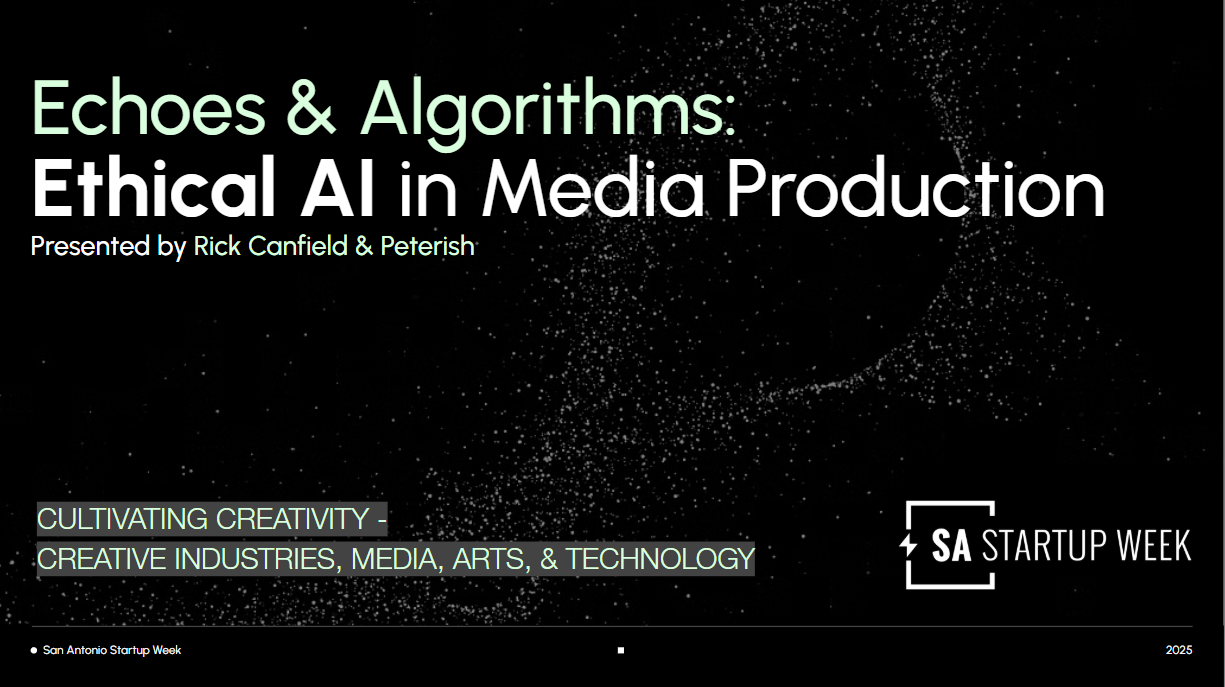From Web3’s Dream to Web4’s Reality: How Hedera Hashgraph Solves the Scalability Problem
Web3 promises a decentralized internet built on trust, but its current foundation—blockchain—often struggles with the very things needed for mass adoption: speed, cost, and energy efficiency. Enter Hedera Hashgraph, a revolutionary technology that isn’t a blockchain at all, but a Distributed Ledger Technology (DLT) that provides the missing infrastructure for what many are calling the next evolution: Web4.
Hedera’s unique approach solves the Achilles’ heel of Web3, setting the stage for an enterprise-grade, seamless, and sustainable digital future.
The Hashgraph Advantage: A Different Kind of Ledger
Hedera doesn’t use the familiar linear chain of blocks. Instead, it employs the Hashgraph Consensus Algorithm, a system built on a Directed Acyclic Graph (DAG) data structure. This is the source of its superior performance:
- Speed and Scalability: Hashgraph uses Gossip-about-Gossip and Virtual Voting to process transactions in parallel, avoiding the bottlenecks of linear blockchains. This allows Hedera to process thousands of transactions per second (TPS) with near-instant finality, crucial for real-world payments and microtransactions.
- Mathematical Security (aBFT): Hedera achieves Asynchronous Byzantine Fault Tolerance (aBFT), the highest possible security standard, ensuring the network is mathematically proven to reach consensus even if up to one-third of the nodes are malicious.
- Fairness: The Consensus Timestamp mechanism ensures fair ordering, preventing any single node from influencing the order of transactions to perform manipulative acts like front-running.
- Sustainable Technology: Hashgraph’s architecture is highly efficient, making it an eco-friendly, carbon-negative platform, a major advantage for large enterprises focused on environmental, social, and governance (ESG) goals.
AI as the Brain of Web4:
If Hedera Hashgraph provides the high-speed highway and secure foundation for Web4, then Artificial Intelligence (AI) is the autonomous brain that drives traffic and makes real-time decisions. As of 2023, the integration of AI and DLT is viewed as the key to moving beyond the static or slow applications of Web3 toward a truly intelligent and symbiotic internet.
Here’s how AI is factoring into the Web4 vision, specifically leveraging Hashgraph’s efficiency:
1. Verifiable and Auditable AI Workflows
The major concern with AI is the lack of transparency (“black box” problem). Hedera’s high throughput and low cost allow for a unique solution:
- Verifiable Compute: AI models, data pipelines, and decision-making processes can be immutably recorded (or “anchored”) onto the Hedera network using the Hedera Consensus Service (HCS). This provides an unforgeable audit trail, proving exactly how an AI arrived at a decision, which is critical for compliance in finance, healthcare, and sensitive enterprise applications.
- Responsible AI: This verifiable layer addresses regulatory and ethical concerns, ensuring AI operates with transparency and accountability.
2. Autonomous AI Agents and Agent Economies
Web4 is often characterized by the rise of autonomous AI agents that act and transact on behalf of users or companies without constant human intervention.
- Micro-transactions: These agents need to buy and sell data, settle small service contracts, and exchange value instantly. Hedera’s ability to handle millions of transactions at fractions of a cent ($0.0001 USD) makes agent-to-agent micropayments economically feasible.
- Self-governing Systems: Agents can use Hedera’s smart contracts to autonomously execute complex agreements, such as paying for cloud resources or routing data based on real-time market conditions.
3. AI-Powered Interoperability and Usability
AI acts as a crucial bridge, making the decentralized world accessible to the average user.
- Natural Language Interfaces: AI agents can translate complex user requests (e.g., “Find the best DeFi yield on my tokens across five platforms”) into the precise smart contract calls needed for DLT interaction, removing the need for users to understand technical code.
- Data Oracles: AI can analyze vast amounts of real-world data (weather, stock prices, news sentiment) and feed that information to Hedera-based smart contracts via oracles, enabling smarter, more responsive decentralized applications.
In essence, Hedera Hashgraph provides the fast, cheap, and secure plumbing, while AI provides the contextual intelligence and automation necessary for the Web4 vision of an intuitive, highly personalized, and fully autonomous digital economy.
- Echoes & Algorithms: Ethical AI in Media Production - October 28, 2025
- Creativity and AI Ethics: An Essential Toolkit for Game Dev Success - August 1, 2025
- Echoes on the Canyon Walls: Why the Pecos Rock Art is North America’s Oldest Grand Media - May 1, 2025






